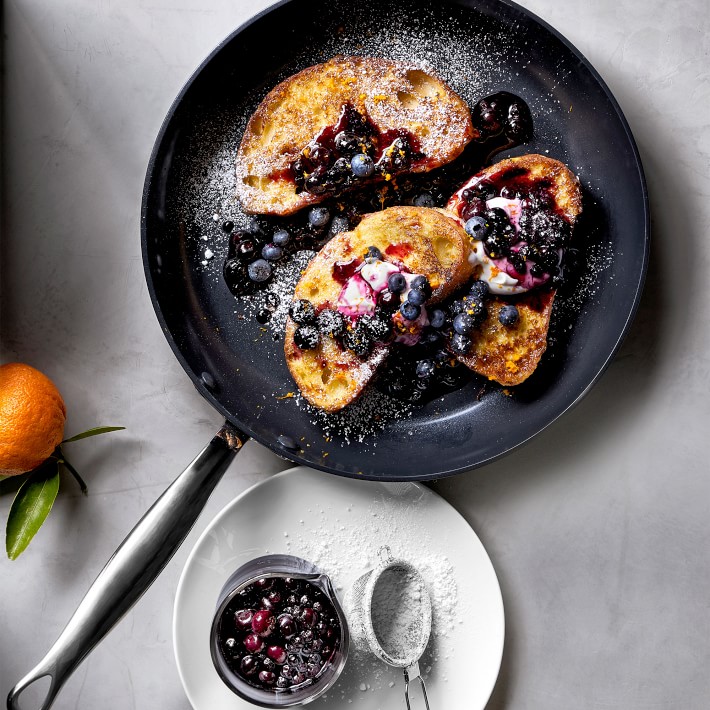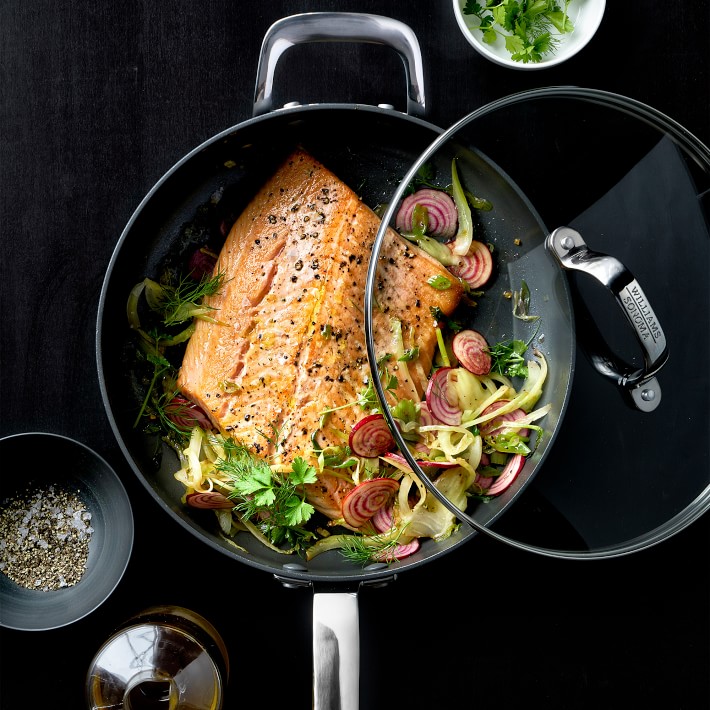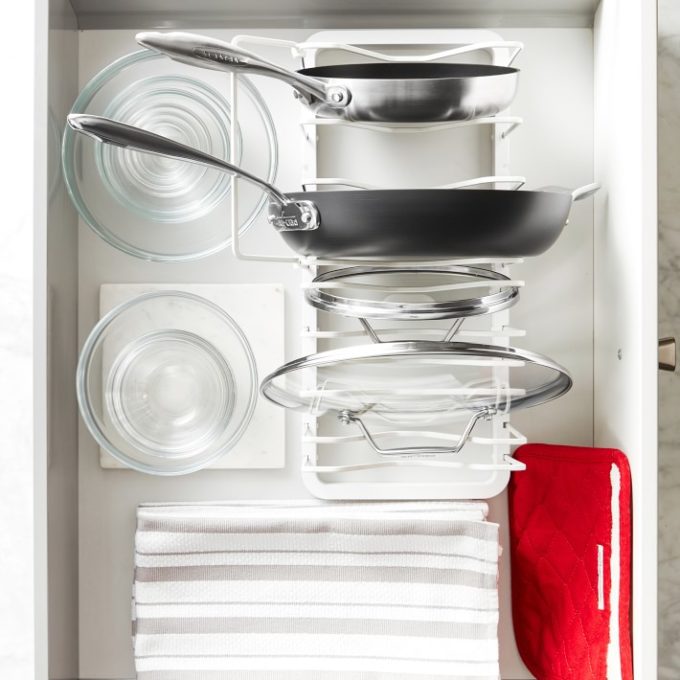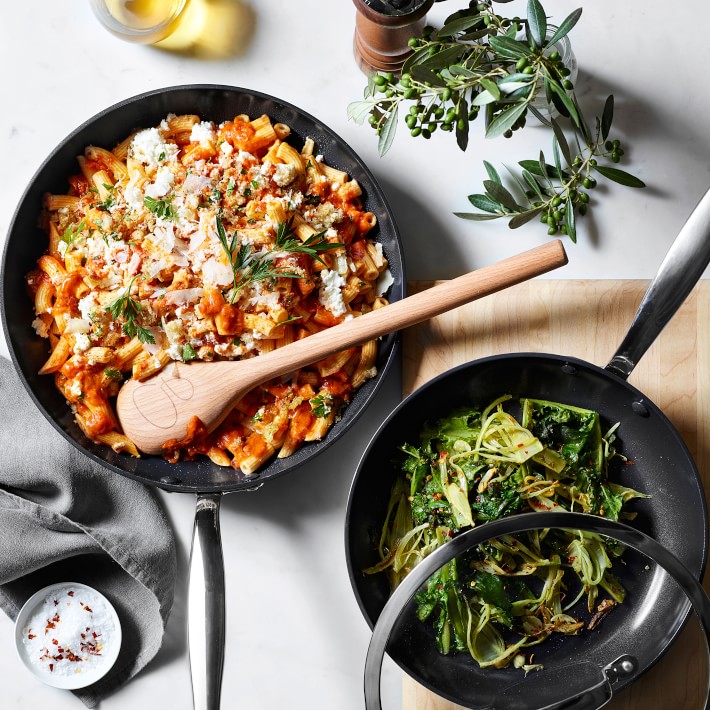
Ok, we get it, the world of pots and pans can be topsy-turvy. You’ve got your stainless steel, copper, cast-iron and all the rest. And now we’re telling you there’s a difference between traditional and ceramic nonstick? Yes, we are. (For more of a 101 on their differences, right this way.)
Ceramic nonstick pans are the stuff of everyday cookery. They don’t rely upon a blazing flame to heat up efficiently and distribute heat beautifully. They look good, they’ve got an ultra-strong nonstick coating that releases food easily, and they hold up. Here’s how to get the most out of your ceramic nonstick pan. (And be sure to check out this video from Greenpan for some expert tips.)
How to Use Ceramic Nonstick Cookware

You’re not going to make the temperature of your kitchen rise 10 degrees with these babies; medium heat usually works best thanks to ceramic nonstick’s efficient heat distribution. In fact, if your food sticks or burns, the temperature was likely too high—which can, over time, damage the pan itself. Avoid cooking sprays, opting instead for high-smoke-point oils such as canola, avocado, grapeseed or coconut. (You don’t want the sticky, carbonized layers that sprays, as well as some fats or oils, can cause.) If you spy a nick in the pan, not to worry; healthy ceramic nonstick coatings are free from PFOA, PFAS, lead and cadmium. The best way to avoid pan nicks and scratches is to limit the use of metal utensils during cooking, relying on silicone or wood utensils instead.
How to Store Ceramic Nonstick Cookware

Ensure the pan is clean and dry before you store it. Don’t store metal utensils (or anything else, for that matter!) inside nested pans. You could end up with ugly scuffs from the bottoms of the other pans. Ideally, you’ve got cloth napkins, paper towels or pan protectors between them to preserve the nonstick coating. A pan and pot lid organizer for kitchen drawers or cabinets works well too.
How to Clean Ceramic Nonstick Cookware

Make sure your cookware is cool before you wash it; running cold water over a hot pan can warp it. And do clean the pan with soap and water after each use. If you notice food sticking, gently scrub with a natural or melamine sponge and warm water. And remember to avoid high heat when you can, as it will cause carbonization. If it happens, though—check the fine print for the brand of pan you have—you can often discard the excess food, boil water in the pan, and let it cool. Wash with warm, soapy water using a soft sponge (melamine sponges like Mr. Clean Magic Eraser work especially well), rubbing in a circular motion. Replace pans every five years.
